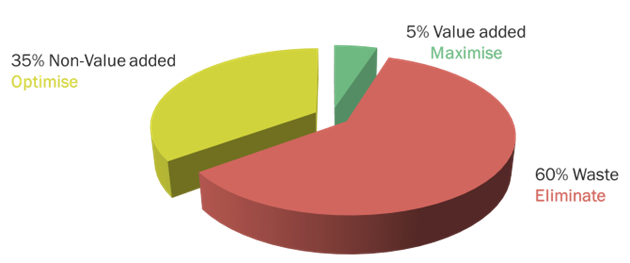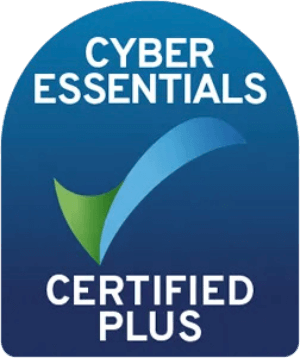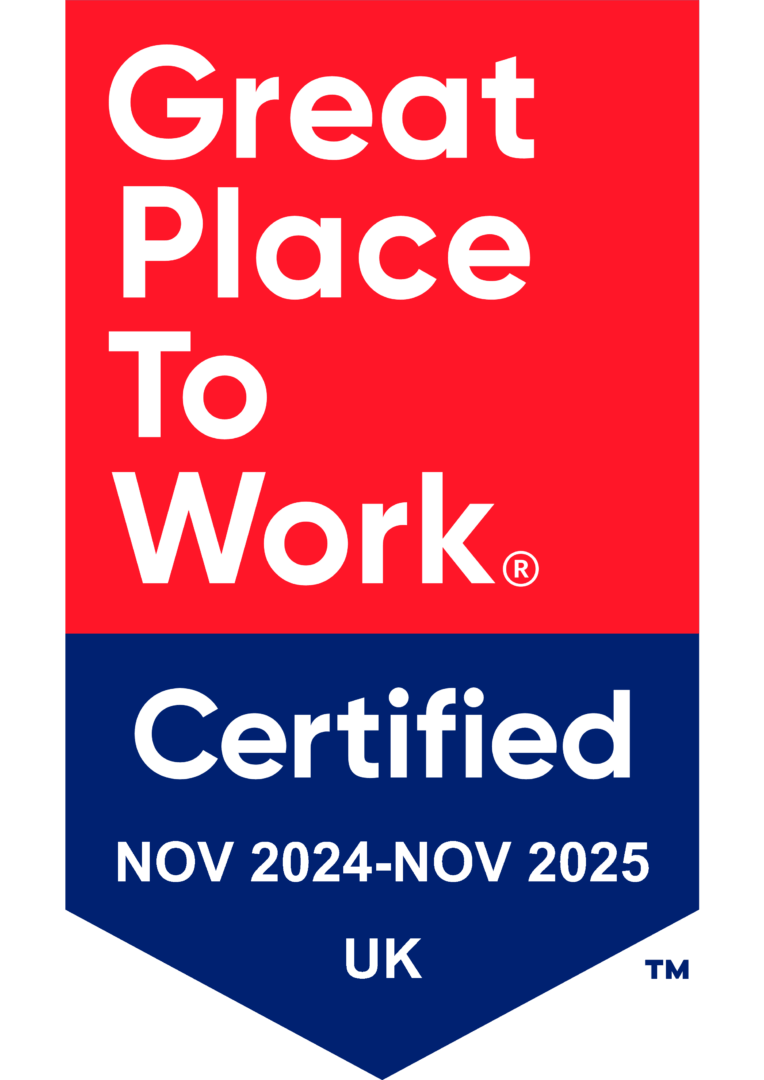From around 2015 Hustle Culture took off. Influencers on social media promoted the importance of working hard, grinding, and achieving professional success. As early to mid-professionals we were told that we should be pushing ourselves, sacrificing our personal lives working after hours and on weekends to accelerate our careers. Oh, and don’t forget, when we’re not hustling in our day job we also need a side hustle so that we can hustle for ourselves too.
This was great for businesses. All of a sudden organisations could pay their staff for a 40 hour work week but were receiving 50 to 60 hours gaining an easy and free 20%+ bump in productivity.
Then Covid happened. We started to re-evaluate our perspectives and the unsustainable nature of constant productivity was highlighted. This caused a rise of the “anti-hustle” movement emphasizing work-life balance, self-care, and mental health. Terms like “acting your wage” have gained popularity, reflecting a shift towards valuing personal well-being over relentless productivity.
This poses a problem for businesses. Most organizations (rightly) have a relentless drive for additional productivity however can no longer rely on achieving these productivity gains by receiving unpaid labor from their existing team. So, where does this productivity come from now?
Let’s consider how we spend our time:

Studies on ‘Excellent’ organizations have shown that only 5% of the time is spent on Value Adding (VA) work, while 35% is necessary non-value added (NNVA), and 60% is waste. As this is for the highest-performing organizations, most of us could only dream of hitting 5% value added.
This poses a massive opportunity. Hustle culture was effectively just making the pie bigger. If a 40-hour work week would produce about 16 hours of VA and NNVA (40 x 40%) work then a 60-hour work week would produce 24 hours. With this no longer an option we need to focus on working smarter, not harder.
First and foremost we should identify and eliminate as much waste as possible. While its unrealistic to get Waste to 0%, if you could halve your existing waste that’s and additional 12 hours of time per employee to redirect to productive activities. Next address your NNVA. This work has to be done, so can’t be eliminated, but can be made more efficient which is where technology can provide an answer.
For example, consider a finance team that provides insights to managers for decision-making (Value Add).
The first step should be to understand how these insights are actually used. This analysis might show that, out of the five insights produced each month, leadership only relies on three. This means the time spent creating the other two insights is wasted. Before we even think about improving the efficiency of producing these insights, the priority should be to stop producing the two that aren’t being utilized.
Once we’ve eliminated the Waste we can look at increasing efficiency. To create these insights, the team needs to capture data stored in Word documents, transfer it to Excel, and produce a report (Necessary Non-Value Added). To make this NNVA work more efficient the team could change the way that data is captured by creating Digital Forms and moving away from Word Documents. These forms would then populate the data into a SharePoint list which can automatically produce the required reports. Now, the Finance team can jump right into analyzing the data and producing insights without having to waste time preparing the data for analysis.
The hustle mentality might have squeezed more hours out of employees, but at what cost? While it initially seemed like a win for businesses, the reality is clear: overworking doesn’t equate to true productivity. It merely shifts the focus away from meaningful, value-driven work and towards burnout and inefficiency.
The smarter approach is to revolutionize how we use time, not just extend it. By systematically identifying and eliminating waste, organizations can reclaim lost hours and redirect them toward activities that truly add value. Leveraging technology to streamline necessary but non-value-added tasks is the next critical step. This strategy not only enhances productivity but also respects the well-being of your team.
In the end, it’s not about working more; it’s about working better. Prioritizing efficiency over hustle not only drives superior results but also ensures that your team stays engaged and healthy—both on and off the clock. That’s the new productivity paradigm, and it’s time to embrace it.
Are you interested in learning more about removing waste, digitizing, and automating your processes? Register for our two-part webinar series:


